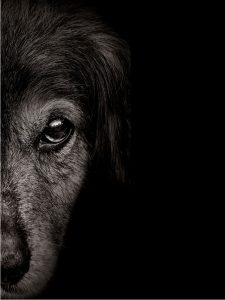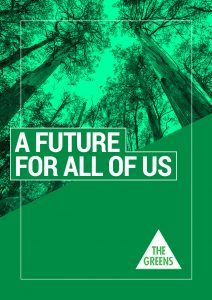ON 22 November 2018, two days before the State Election, the Secretary of the Department of Treasury and Finance released a document called the “Release of costing of election commitment“. Most of the media attention was on the removal of a self-imposed “debt cap” by Treasurer, Tim Pallas, but there is an interesting footnote that seems to involve using some of WorkSafe Victoria’s premium income as a dividend to fund infrastructure.
Attachment A – “Summary of Labor’s 2018 Election Commitments” – lists the following table (figures are in millions):
Footnote 3 says:


 The Australian Government has released the
The Australian Government has released the 


